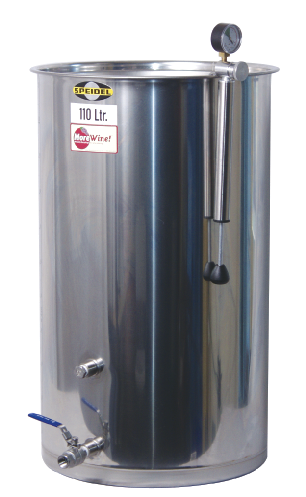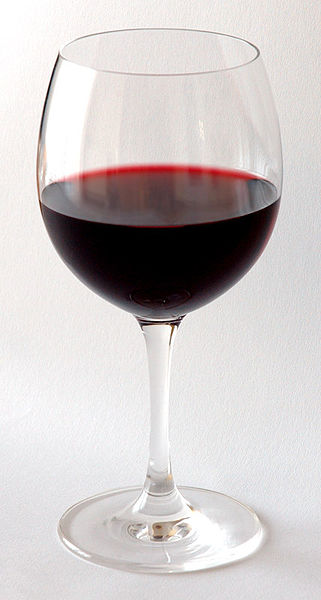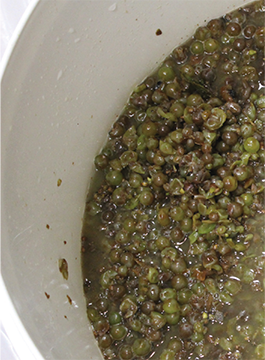Topic: Yeast & Fermentation
Using Variable-Volume Fermenters
Variable-volume fermenters have a floating-lid that transforms these tanks into variable-capacity containers for fermentation as well as short- and long-term wine storage. Learn how to get the most of one in your home winery.
Mastering Malolactic Fermentation: Tips from the Pros
Malolactic fermentation (MLF) may sound mysterious, but it’s a technique every home winemaker should master. It’s quite different from “regular” fermentation, in which yeast convert sugar into alcohol. MLF involves bacteria instead
The Strain Game
You need to select the right kind of yeast for the style of wine you want to make. Yet choosing the proper yeast should not be a daunting task — with proper planning it’s easy to achieve the desired results.
Adjust Wine Flavor in the Fermenter
No matter how fantastic your grapes or juice, rarely do you get the exact flavor you’re after without some kind of intervention. Here are some methods to personalize your wine in the fermenter prior to bottling.
Ferment Well: Tips from the Pros
Ask most home winemakers where to find America’s best wines, and they will probably say California. Ask for the best region, and they will almost certainly say Napa Valley. And if you
I did not rehydrate my yeast before I pitched it. How do I do this and what happens if I don’t?
Dear Wine Wizard, I did not rehydrate my yeast before I pitched it. How do I do this and what happens if I don’t? John Eastwood Cleveland Wine Wizard replies: Rehydrating yeast
There is a yellow ring around the top of the wine in my carboy, but the wine tastes and smells fine. What’s with the yellow ring?
Dear Wine Wizard, My partners and I, for the first time, bought Merlot grapes last year. We followed our normal procedure, which we have been using for the past five years for
What is the shelf life for dry yeast? Is there anything I can do to revive it and will it work?
Your yeast packet is almost guaranteed to be past its prime. Yeast cells, even those that have been freeze-dried, certainly do have an expiration date. Using yeast that is more than six
Take Control of Must Temperature–And Reap the Benefits
Yeast, like most living things, have a climate that they prefer. Just as people like warm, sunny weather, yeast, too, like their atmosphere temperate. When things get cold, around 40 °F (4






